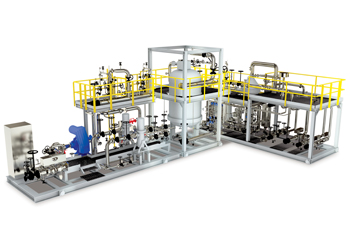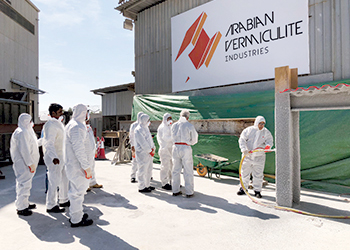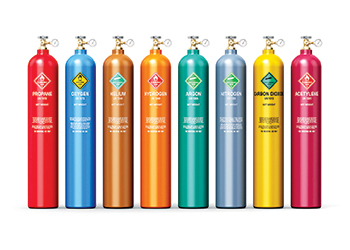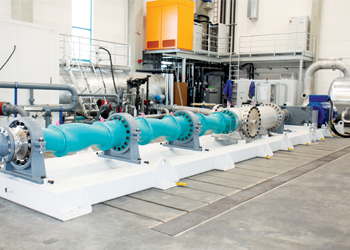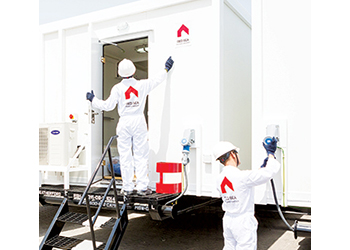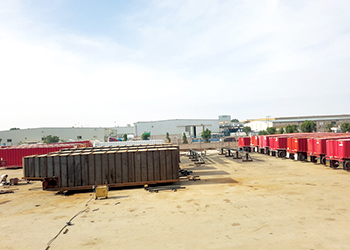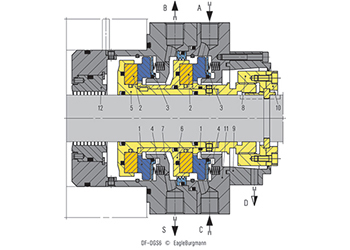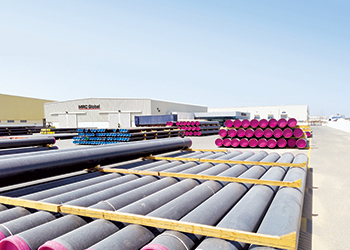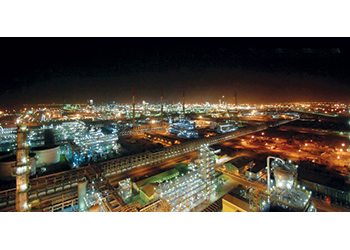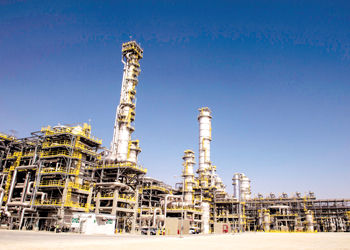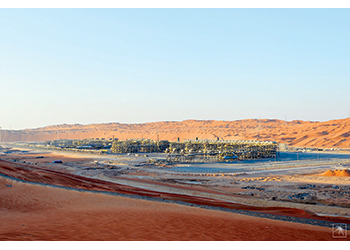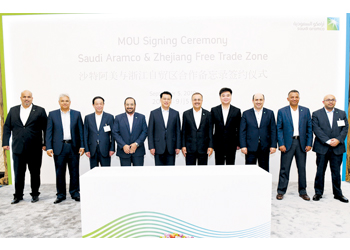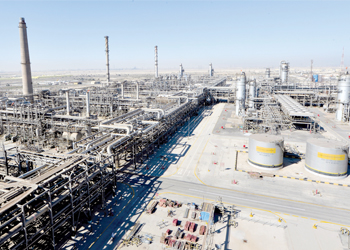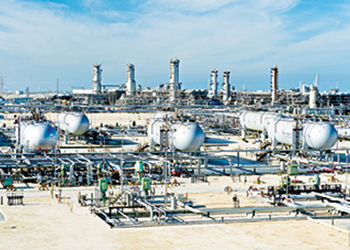
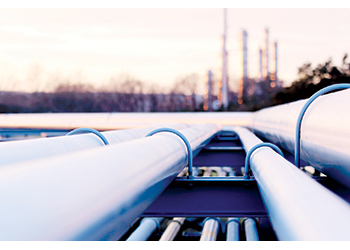 Eexpantion of East-West pipeline planned. Image - Kadda/Bigstock
Eexpantion of East-West pipeline planned. Image - Kadda/Bigstock
The 1,200 KM East-West pipeline, connecting Saudi Arabia’s Eastern Province with Yanbu on Red Sea, is a critical element of Aramco’s “Plan B” to maintain oil exports
Saudi Aramco has launched a plan to expand the capacity of its strategic East-West crude oil pipeline, which bypasses the Strait of Hormuz. The plan would boost capacity by 40 per cent to 7 million barrels per day (mbpd) by September, diplomatic sources told Energy Intelligence.
The 1,200 kilometre East-West pipeline, which connects Saudi Arabia’s oil-rich Eastern Province with Yanbu on the Red Sea, is a critical element of Aramco’s “Plan B” to maintain oil exports if Iran decides to interrupt flows through critical shipping lanes like the Strait of Hormuz and the Bab el-Mandeb.
Maritime security in the Strait of Hormuz has come sharply into focus after a series of attacks on oil infrastructure blamed on Iran in recent months. Tensions have escalated in the region as the US has sought to halt all exports of crude oil from Iran after withdrawing from an international nuclear agreement with Tehran last year.
Oil exports via Hormuz in particular have become an international problem following Tehran’s intermittent seizure and detainment of tankers passing through the strategic waterway.
FAST-TRACK PROJECT
With tensions on the rise, state-run Aramco’s management is keen to make an official announcement about the East-West expansion scheme, which would increase capacity to 7 mbpd from 5 mbpd by as early as September, sources familiar with the matter told Energy Intelligence.
Now a high-priority, fast-track project for Aramco, the plan is to boost the East-West pipe’s capacity by converting several interlinked gas pipelines to carry crude, according to the diplomatic sources.
While readying an increase in the pipeline’s capacity by September is feasible, industry experts say utilising it at full capacity would take longer, allowing flows to be increased gradually.
Boosting the pipeline’s capacity to 7 mbpd would put Saudi Arabia in a stronger position in terms of reassuring both oil markets and its customers of its ability to provide security of supply. Under the current output cuts agreed by Opec and non-Opec producers, the kingdom’s crude exports have been running at just under 7 mbpd.
According to a bond prospectus released by Aramco in April, the East-West pipeline currently carries around 2 mbpd, way below its maximum capacity of 5 mbpd but in line with the 2.1 mbpd average
in 2018.
The East-West pipeline is also critical for linking oil production facilities in the east with Yanbu in the west, thereby providing flexibility for exports from both the country’s east and west coasts.
Separately, but also driven by rising tensions in the Mideast Gulf, the state energy giant is looking at options to help Iraq find an alternative export route for its oil.
Earlier, industry sources told Energy Intelligence that a team from Aramco is considering plans to reopen the Iraqi Pipeline in Saudi Arabia (Ipsa), which has been closed for almost 30 years, or to build a separate pipeline to the Red Sea from Basrah in southern Iraq.






















































































